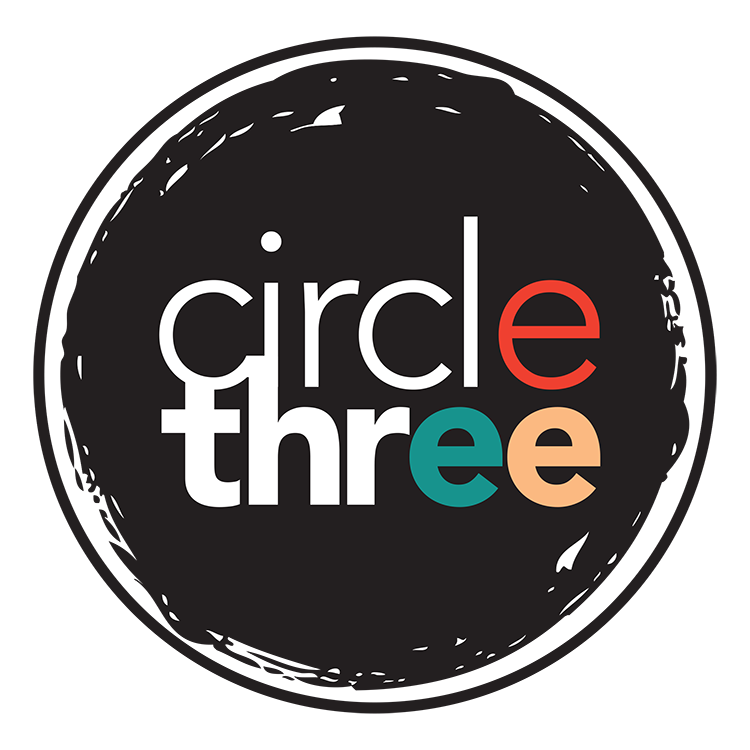Do you know what your customers think of you? If not, it is time for a customer satisfaction survey. You could be in for a surprise. If you are truly invested in growing your company, improving customer service, and reinforcing your brand, start developing a strategy to issue a survey in the new year.
Building Your Strategy
Your brand is your reputation and it takes coordination from all your departments to build and maintain that reputation. Your marketer could develop an amazing, unique brand for you, but what if your drivers consistently drop the ball? What if your customer service representatives really are not that helpful when people call in with complaints? What if your accounting team is not aware of a new promotion and the invoicing is incorrect? You end up with a brand of broken promises. Every department needs to be working in tandem to provide the very best customer experience to promote your brand properly. To do this, you need to know where you stand, which is what we will assess through the survey, but you also should discover what data your leaders want to know in order to set new goals for performance.
Assemble a team of people from all of your departments and ask them what they need to know from the customers in order to provide this elite customer experience. Do not exclude a department on the grounds that they are not in a customer-facing role. Your marketer may want to know what motivated your customers to choose your company over the competition. The accounting team might want to see what the appetite is for transitioning to digital invoicing or allowing a PayPal option for payment. Operations might want to provide a free-response area to hear about any requests or comments on the equipment. List all the topics your team brings up and look for overlap. You may not be able to include all of their points—no one wants a 50-question survey—but there could be great perspectives you had not considered. This might also be a good time to decide if you need several smaller surveys on different topics to be issued throughout the year. Use your team’s insight to put together a plan to get answers to the most important questions.
Tips for Success
Tools
There are a number of survey tools available. Dedicate some time to reviewing them and choose an option that is a good fit for your budget and your customers’ attention-span. Err on the side of simplicity. You are more likely to get responses if your survey is easy to access and simple to complete. This is a good time to refer to any work you have done to get to know your customers—specifically, their demographics. What is their appetite for interaction with you? Do they prefer digital or paper communications—or perhaps a mixture of both? If you are attuned to your customers’ needs, you will know the right steps to take to get it in their hands and make it easy for them to comply. You may also want to use this customer data to choose which customers get the survey—is it everyone or perhaps only those who have been with you for a year or more? Are there any other ways you could segment your audience and get data to compare between the different groups? You do not need to get overly complicated, but this is an opportunity for you to get the data you need.
Crafting Your Questions
Have you ever taken a survey that was obviously biased? It is safe to say we all have seen biased surveys and you will probably recognize them even more frequently now that you are thinking about it. Some surveys are deliberately skewed to gain compliance and get the results the writer wants. Other forms of bias can occur unconsciously—like making assumptions about the audience’s experience or needs or misleading them to give inaccurate responses. For example, consider the question: “When choosing a recycling service, what do you look for?” It looks benign at first glance, but it makes a couple of assumptions that force your respondent to give an answer that may be untrue. It makes the assumption that the respondent recycles, that they had a choice in service providers, and that they cared enough to evaluate their options, and then it forces them to provide an answer for a type of service they may not have or may not have had a choice in accepting. People generally want to comply when it comes to surveys. When faced with a question like this, your respondents may get confused and choose to abandon the survey or respond with what they think you want to hear, which does not give you accurate results. It can be difficult to distance yourself enough to create a neutral survey that will provide you with reliable data. If you have the resources, consider outsourcing the process to someone who can help you get a clear perspective.
Getting Buy-In
Be sure to put some thought into how you “market” this to your customers. No one likes a random survey showing up with little explanation. Remember: we like it when things are about us. We do not want to feel like one of the masses or like we are being exploited for information. Personalize your survey for the individual if you can. Tell them that they were chosen because you know they have valuable information to provide and that you treasure that feedback. Show them how their feedback will be used to improve their experience with you and that any issues they mention will addressed promptly. Customer buy-in will help you get more responses.
Boosting Your Response Rates
How many results do you need to consider any trend in the data to be significant? There are some calculations you can perform based on the number of variables in your data and the population you intend to survey. In this case, there is no need to be that particular. It is safe to assume that a total of 30 results is statistically significant. Put it this way: one or two people can have a negative experience with your service, and we would consider that normal (not everyone is going to be pleased all the time), but 30 negative responses would indicate a problem for you.
If you have thousands of customers, it may not be difficult to get responses to your survey—or, at least enough responses to be significant. Not everyone will have success at this and if that is the case for you, there are some tactics to try. Set up a series of reminders when you plan your survey. You will also want to offer several ways to respond to it so that you take into account your customers’ access to technology and proficiency using it. Most of your customer segments might be tech-savvy, but this could exclude valuable input from those who are not comfortable with it. Issue reminders and make sure that people know they can respond online, over the phone (even if it is simply someone from your customer service team entering the answers online for that customer), and via snail mail according to their preference.
Lower your expectations when it comes to response rates and timing. It might take months to build up to the amount of responses you wish to see when you factor in issuing the survey and several follow-up reminders. To boost the response rates, you might consider offering some sort of incentive. This feedback is valuable to you and people do not enjoy taking surveys (unless they have grievances). What are you willing to give in order to obtain honest feedback? You may be in a position to offer a small gift to each respondent, such as branded merchandise, or a discounted rate for service for a short period of time. You might advertise a drawing for a larger prize with the promise that a winner will be randomly chosen from all completed surveys—but make sure to specify that the tone of their survey will not exclude them from the drawing.
Using the Data
You have the data you asked for: now what? Evaluate the results you receive. If you have the luxury of assigning someone to the task of reviewing each survey result, do that and ask this person or team to aggregate the results for each question and pull out some meaningful responses. Review the free-response comments—both good and bad. Save the good comments to be used later when your team needs to hear something nice. You can e-mail one nice comment out to your whole team every so often to keep them motivated. You can also send these to your marketer to be used in future campaigns.
Your focus should be on the negative feedback. This is going to reveal your weaknesses and your biggest opportunities for improvement. Reveal as much of this as you can to your staff. It is going to be their job to help you improve, so it is good for them to confront reality, too. Celebrate the good things, but take ownership of the negative things and form a plan to improve. Use this data to set your company key performance indicators and show each department how they can help. Make your goals measurable and tie each one to a department so that they can take ownership of it. Issue the next survey using the same questions so that you can track trends over time and see if you are meeting your goals.
Get your marketer involved in survey-related goals. You could take the approach of being extremely transparent with your customers and you may want to develop some campaigns that address any overwhelming trends. This is a great opportunity to demonstrate that you have heard your customers’ input and that you are making a commitment to improve. Perhaps they expressed a frustration that your company can only be reached over the phone and the hold time is too long, so you have decided to add a web chat service option. Your marketer can help you produce some materials that acknowledge this and announce this new feature. Customers like to see companies striving to improve because it shows that the relationship you have with them goes in both directions.
Finally, be sure to store the data. Issue a similar survey next year and compare the results over time. Did you move public opinion in a positive and meaningful way? If so, did you see a proportionate increase in revenue? Having this data—and updating it—is an important step to create a strong, lasting brand.
This article was written by Jessica Shrout for the December 2019 issue of Waste Advantage Magazine.

